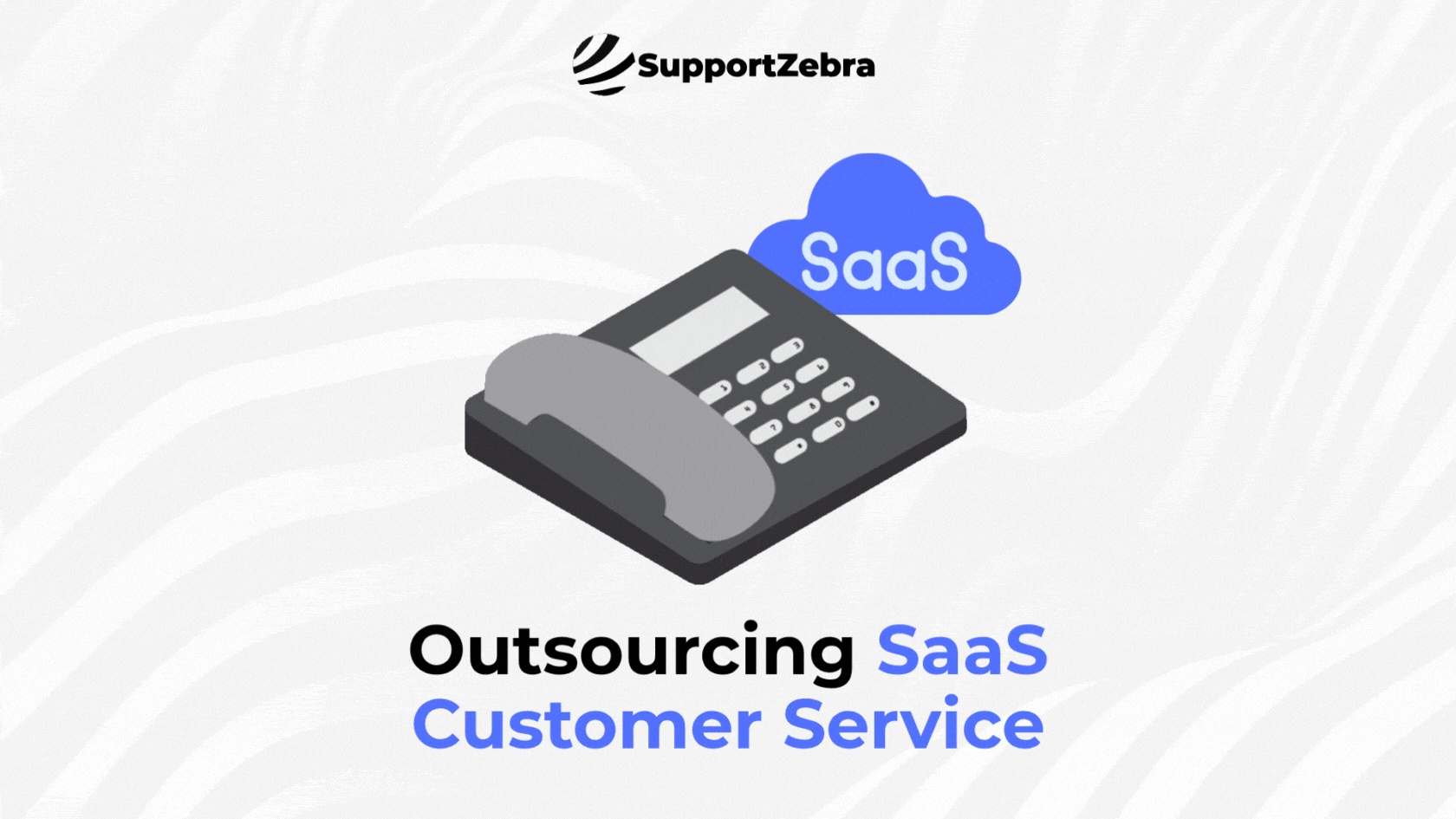What No One Tells You About Outsourcing SaaS Customer Service
Key Takeaways:
- SaaS companies can reduce overhead and scale support teams quickly while delivering round-the-clock service to users worldwide.
- Outsourced agents bring industry expertise and adaptability, enhancing customer satisfaction with knowledgeable and efficient assistance.
- However, outsourcing comes with risks – challenges such as loss of control, cultural misalignment, and training gaps can impact service quality if not managed carefully.
- Success depends on clear expectations, strong communication, and ongoing performance monitoring to ensure consistent, high-quality support.
When considering outsourcing your SaaS customer service, weighing the benefits and challenges is crucial. While great support is vital for user satisfaction and business success, outsourcing can save money and provide specialized skills. However, it also presents potential drawbacks.
This blog will examine the pros and cons of outsourcing SaaS customer service to help you make an informed decision.
The Good
Outsourcing customer service can bring several significant benefits to SaaS companies that can enhance your operations. Here’s why it could be a smart move for you:
-
Cost Savings
Outsourcing saves you money on salaries, benefits, and office space. Partnering with service providers in areas where labor is cheaper enables you to obtain quality customer support without the high costs associated with maintaining an in-house team. You can use these savings to invest in product development or marketing. -
Expert Knowledge
When you outsource, you tap into a pool of customer service experts trained in the latest practices and problem-solving methods. These professionals often have experience with various SaaS products, enabling them to adapt and deliver top-notch support that enhances customer satisfaction quickly. -
Flexibility
Outsourcing enables you to adjust your support team size according to your needs quickly. Whether you’re launching a new product or experiencing a seasonal increase in demand, outsourcing allows you to scale your team up or down without the complications of hiring or firing, ensuring you maintain quality service during busy periods. -
Around-the-Clock Support
Outsourcing enables you to offer customer support 24/7 across different time zones. This means your customers can get help whenever they need it, which improves their experience and builds trust in your brand.
The Bad
Outsourcing customer service offers advantages but also presents challenges that can affect service quality and customer satisfaction. Key considerations include:
-
Loss of Control
Outsourcing can lead to inconsistent service quality, potentially frustrating customers and harming your brand. To mitigate this, implement robust monitoring systems and establish clear feedback channels. -
Cultural Misalignment
Cultural differences between your business and the outsourcing partner can lead to communication issues. Select a partner that aligns with your company’s culture and provide cultural training to facilitate more effective interactions. -
Training and Integration Challenges
Outsourced teams may require extensive training to understand your products and guidelines. A comprehensive training and integration plan, along with regular updates, is essential to keep them aligned with your business needs.
The Ugly
Outsourcing customer service offers advantages but also poses risks to your reputation and customer satisfaction. Key considerations include:
-
Inconsistent Quality
Service quality can vary among providers. If they lack proper training or tools, customers may experience delays or poor support. Monitor performance closely and communicate quality expectations. -
Unexpected Expenses
Outsourcing may seem cost-effective, but hidden costs like onboarding and fluctuating exchange rates can erode savings. Conduct thorough research before finalizing agreements. -
Risk of Customer Discontent
Choosing the wrong partner can result in unhappy customers due to language barriers, cultural differences, or inadequate product knowledge. To mitigate these risks, select partners who align with your service standards.
Tips for Successful Outsourcing SaaS Customer Service
To effectively outsource your SaaS customer support, follow these key steps:
-
Select the Right Partner
Choose a provider specializing in SaaS support with a strong track record. -
Establish Clear Expectations
Define your standards for support quality, response times, and success metrics, and communicate these to your partner. -
Keep Communication Open
Maintain regular communication to ensure service quality and address any issues promptly. -
Prepare Your Team
Provide thorough training on your product and support procedures, and monitor performance to align with your expectations.
Implementing these steps ensures your outsourced support team meets your goals and delivers excellent service.
Final Thoughts on Outsourcing SaaS Customer Service

Outsourcing customer service for your SaaS business can save costs, provide specialized skills, and enhance customer satisfaction. However, communication issues, quality control, and data protection must be addressed.
To mitigate these risks, select a reliable partner, maintain open and clear communication, establish specific performance objectives, and ensure robust data security. With the right approach, outsourcing can significantly contribute to your growth.
Looking to improve your SaaS customer support? Partner with SupportZebra for exceptional service and satisfaction. Contact us today.

